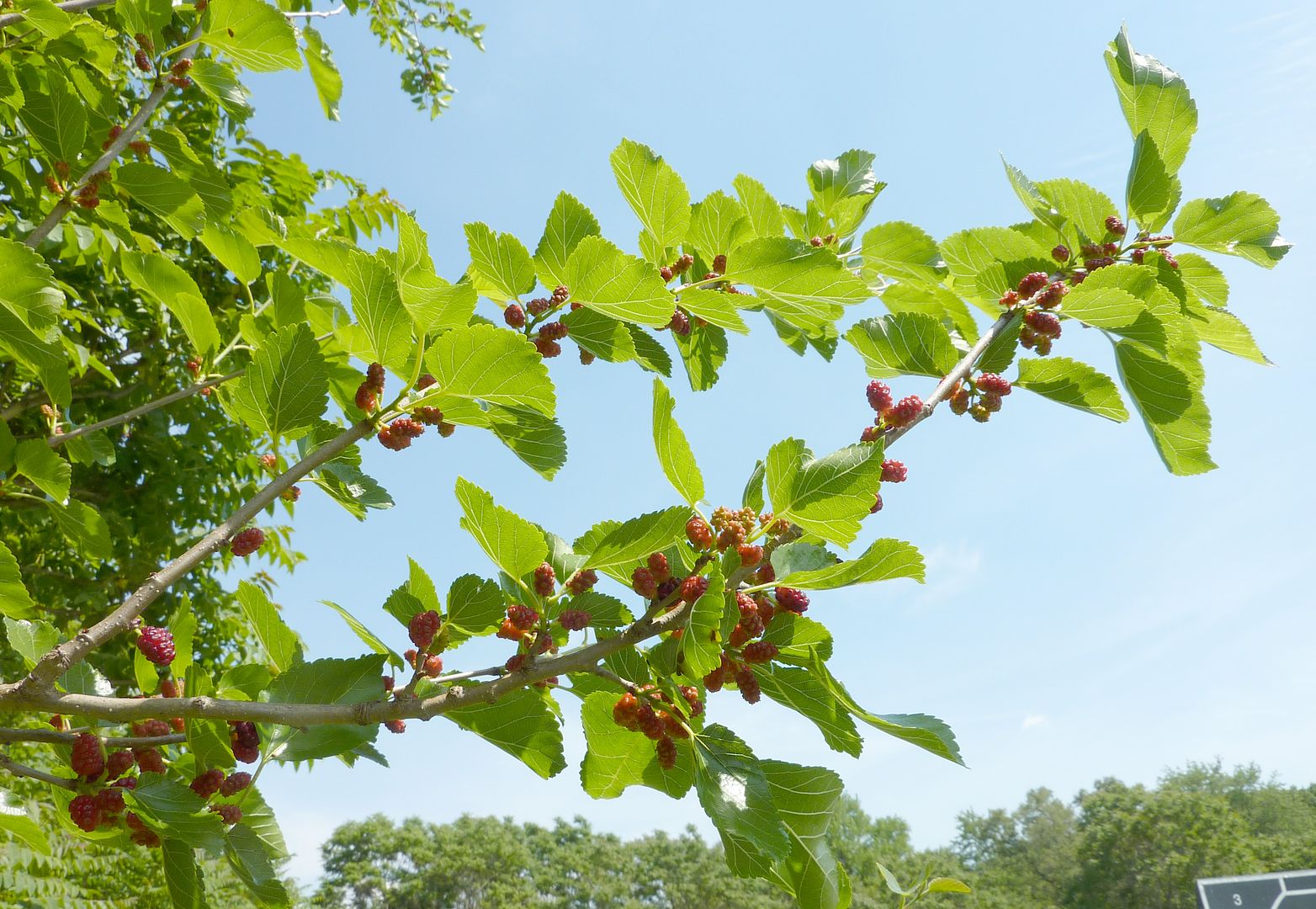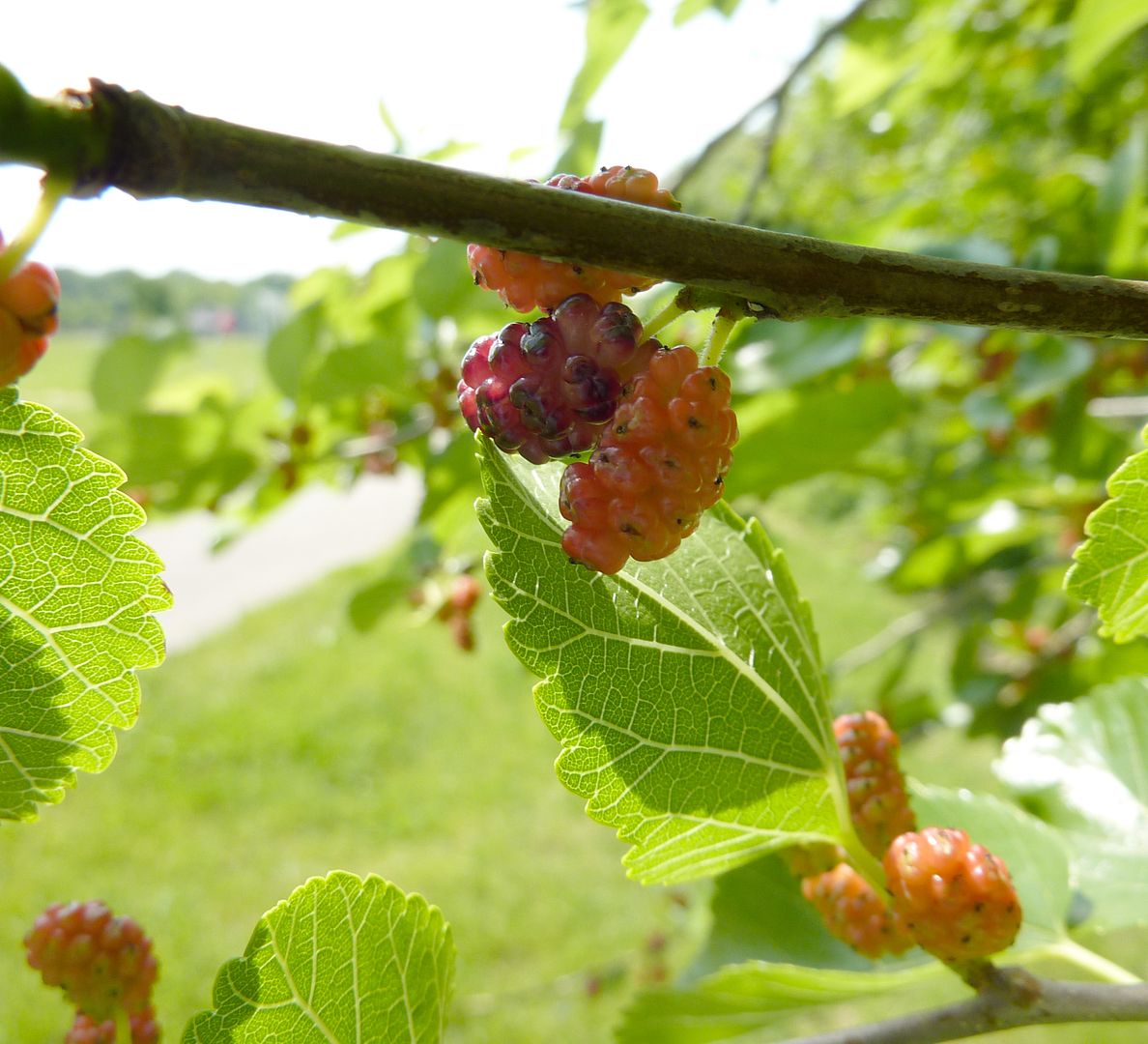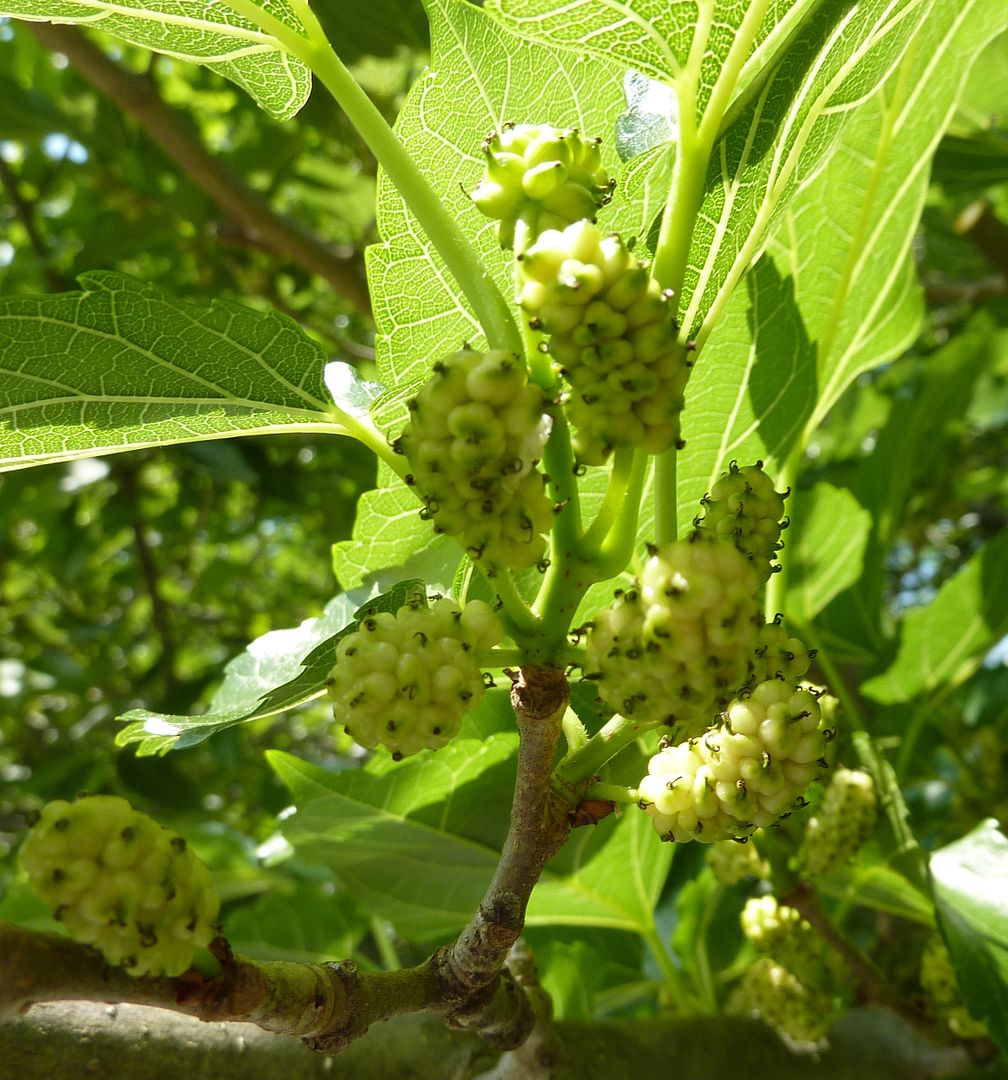Sunday, June 6, 2010
Things the Garden Center Won't Tell You
Let me just say I order from Prairie Moon Nursery religiously. They probably sell the most wide range of native perennials and herbaceous plants on the internet. And I love the fact they started doing videos of their plants. They sort of show and talk about the environment where the plant grows, what grows around it sometimes, and you get an idea on scale and so on. However, in this video he goes on to talk about our native Columbine is good for attracting bees, hummingbirds, and butterflies. The only real fault with this video is not showing that. I will give in and say YES bees, hummingbirds, and butterflies probably do work that plant... but I wish they'd show us some proof or illiterate a little more.
I don't mean to pick on Prairie Moon at all. This is actually an epidemic for every garden center I've been to. Their plants have tags on them, all saying "Hummingbird Plant" or "Attracts Butterflies" and these are some of the most over used labels on plants. It's to the point where I believe people just start putting "Hummingbird Plant" on anything with red flowers. This lack of information really annoys me. It take a bit more than a hummingbird plant to get hummingbirds.
Earlier in the week I saw Goldfinches much earlier than I thought before. They were hanging out in a field next to a nature preserve. Walk though the nature preserve and you'll find almost nothing of interest, besides an abundance of chipmunks and robins probing the leaf litter. The occasional butterfly passes by and they have frogs in the streams. Nothing special. But the birds in this place are amazing. There's a community garden out in this field and all the birds hang out there picking at what the people didn't harvest. While talking to a fellow gardener I saw a Red Winged Blackbird and an Oriole fly over. These are fairly uncommon except in certain areas. There were a bustling community of birds here all nesting in the trees and shrubs that made up the forest edge.
Red Winged Blackbirds are a new one on me so I'll skip it for now. Orioles though love fruit. They say put sliced oranges at the feeder to attract them. The thing about Orioles though is the males are territorial spanning areas for miles and they often fight to the death for females.
Some of the food sources coming into season included assorted Mulberries, some Sumac, and Choke Cherry.
Red Mulberry.
White Mulberry, almost ripe. The fruit gets fatter and doesn't turn any particular color.
Both of which can double as a source of protein thanks to a type of worm that digs into the fruit. There were several of these trees lining the forest.
Driving a few miles back to my house; we don't have anything like those birds at our feeder. Goldfinches don't show up until the sunflowers go to seed. Some of our native sparrows also show up to sunflowers. They see the flowers while passing over and land to do an inspection. Once they learn there's food there they usually make a point to check it regularly. Our most recent triumph is making it onto such a list to a Hummingbird. He's shown up to our Coral Honeysuckle twice now. Coral Honeysuckle works great for this. The plants are only two years old and loaded with flowers. The red color catches their attention, and the long tube shape makes sure that only the hummingbird and most long tonged of butterflies can get at the nectar.
Go to a garden center though and you'll find probably all of the honeysuckles regardless of the flower shape are labeled as "Hummingbird Plants." Bush Honeysuckles, which are considered invasive as well as the invasive Japanese Honeysuckle have smaller flowers that open up. This means it's just as much a food source to Carpenter Bees (which everyone hates as far as I can tell) as Hummingbirds! I see way more Carpenter Bees working the flowers than anything else.
Labels:
Birds,
Honeysuckle,
Hummingbirds,
Mulberry,
Video



